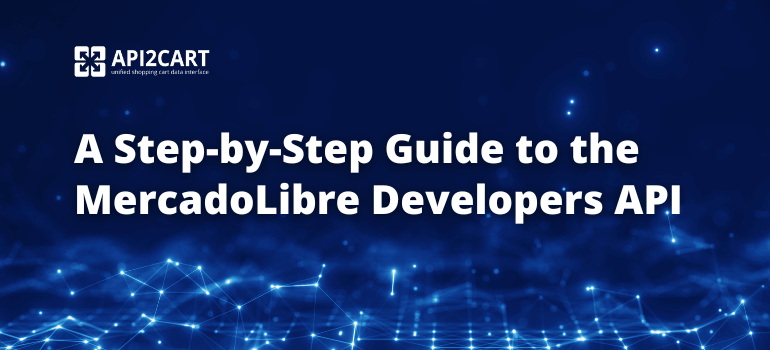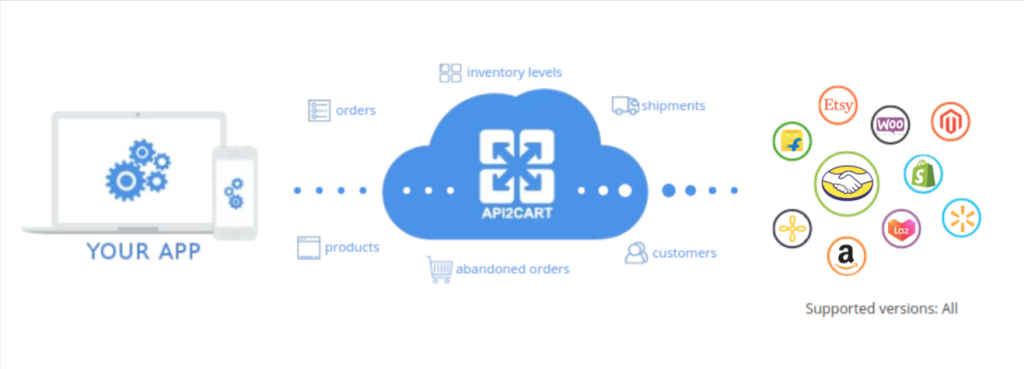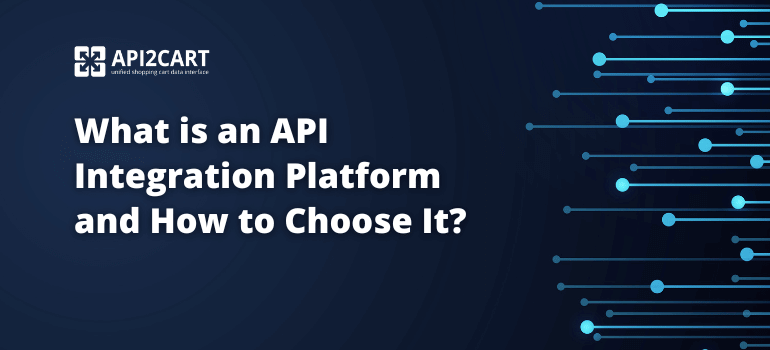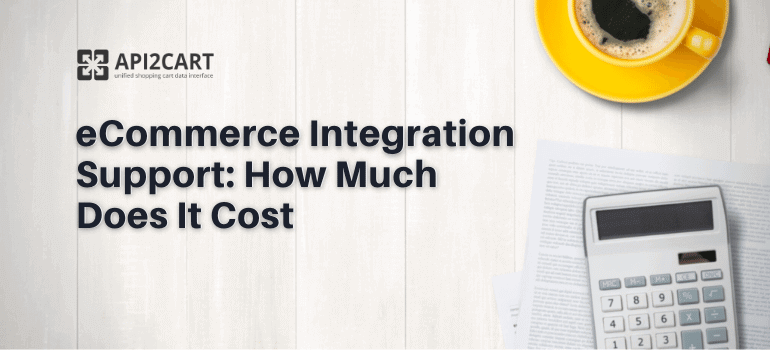
In the constantly growing field of eCommerce, it is crucial to be able to access and connect with key online marketplaces to expand the software business and optimize processes. MercadoLibre is a leading eCommerce marketplace in Latin America, and its Developers API provides a rich suite of tools for software developers to integrate into their systems.
This article aims to provide an in-depth understanding of the MercadoLibre Developers API, including its capabilities, advantages, and recommendations for using this powerful tool to unlock the full potential of your software in the Latin American region.
Importance of MercadoLibre API for Developers
The MercadoLibre API is a very useful tool for those developers who want to integrate their applications with one of the biggest and fast-growing eCommerce marketplaces in Latin America. With the help of the API, developers can create applications which interact with MercadoLibre and perform various operations like adding new products, stock control, and order processing. This automation not only saves time but also eliminates human errors which may occur, and ensures that all the systems contain accurate and up to date information. To the developers, the ability to include these functionalities in their applications means that their clients will be able to leverage powerful tools to improve their eCommerce performance, boosting their capacity and productivity.
Technical Features of MercadoLibre API
- Core Functionality:
RESTful Architecture: The API follows a RESTful pattern that should be familiar to many users. This means that developers can use the HTTP methods such as GET, POST, PUT, and DELETE to work with data. This helps in easing the learning process of the developers who already have prior experience in web development.
Resource-Based Endpoints: The API is based on a clear structure of endpoints. These endpoints are entry points to specific resources on the MercadoLibre platform. Resources can be products, orders, sellers, shipments, claims, etc. Both endpoints have specific functionalities for handling the respective resource (e.g., inquiring about product details, placing orders, and handling shipping labels). - Data Management:
JSON Data Format: At present, the API of the MercadoLibre employs JSON, an abbreviation of JavaScript Object Notation for data exchange format. JSON is a lightweight data format that is very simple and in text format and is easily manageable by developers.
Filtering and Sorting: The API is useful to developers in the way that it allows data to be arranged in a way that is suitable to given parameters. This ensures that developers are only able to pull the data that is essential in the functioning of the application hence boosting its efficiency.
Pagination: It should be noted that large datasets require considerable efforts to process. The MercadoLibre API also offers one more useful option – pagination, which allows developers to limit the amount of data to improve the application’s performance and user experience. - Authentication and Security:
HTTPS Protocol: It should also be noted that the API uses the HTTPS protocol to ensure secure communication. This secures data transfer, protecting information such as login details and other financial information.
OAuth Authentication: OAuth is an industry standard that is used in the API for the authorizations. This makes it easier for developers to get a user data without necessarily saving a user’s sensitive information such as passwords, making it more secure.
Rate Limiting: To make sure that no single party monopolizes the API and the experience of others are not compromised, the API has set up rate limiting. This is a limit on the number of requests an application can send to the API within a certain amount of time.
Developing Integrations with MercadoLibre API
Integrating with the MercadoLibre API might be a challenging process, especially if the programmer is not familiar with the API endpoints, authentication, and data processing mechanisms. Nevertheless, using a single integration platform, such as API2Cart, can help to avoid these problems. MercadoLibre is one of the eCommerce platforms API2Cart integrates with, thus simplifying the integration development. API2Cart helps developers avoid the need to learn all the specifics of the MercadoLibre API and allows them to focus on the development of their application while leveraging the power of the MercadoLibre API.

API2Cart has many features that help to integrate with MercadoLibre without any issues. API2Cart allows developers to handle product catalogs, stock information, orders, and customers in multiple eCommerce systems simultaneously through a single interface. This means that after integrating with API2Cart, the eCommerce software is capable of communicating with MercadoLibre and other integrated platforms without any further coding. Moreover, API2Cart offers detailed documentation, software development kits, 30 day free trial and support to help developers work with the integration. Such support ensures that integrations are done in the right manner and at the right time to help businesses unlock the potential of the MercadoLibre marketplace and improve their overall eCommerce operations.
Conclusion
Overall, working with the MercadoLibre API is an effective method for developers to expand the capabilities of their eCommerce software by connecting to this rapidly growing and vast marketplace in Latin America.
This process can be made easier by using third-party integration platforms such as API2Cart, which provides a single API to integrate with MercadoLibre and other eCommerce platforms. API2Cart works as an intermediary between the applications, allowing developers to save time and effort on the API integration process while offering comprehensive support and resources for the integration.



